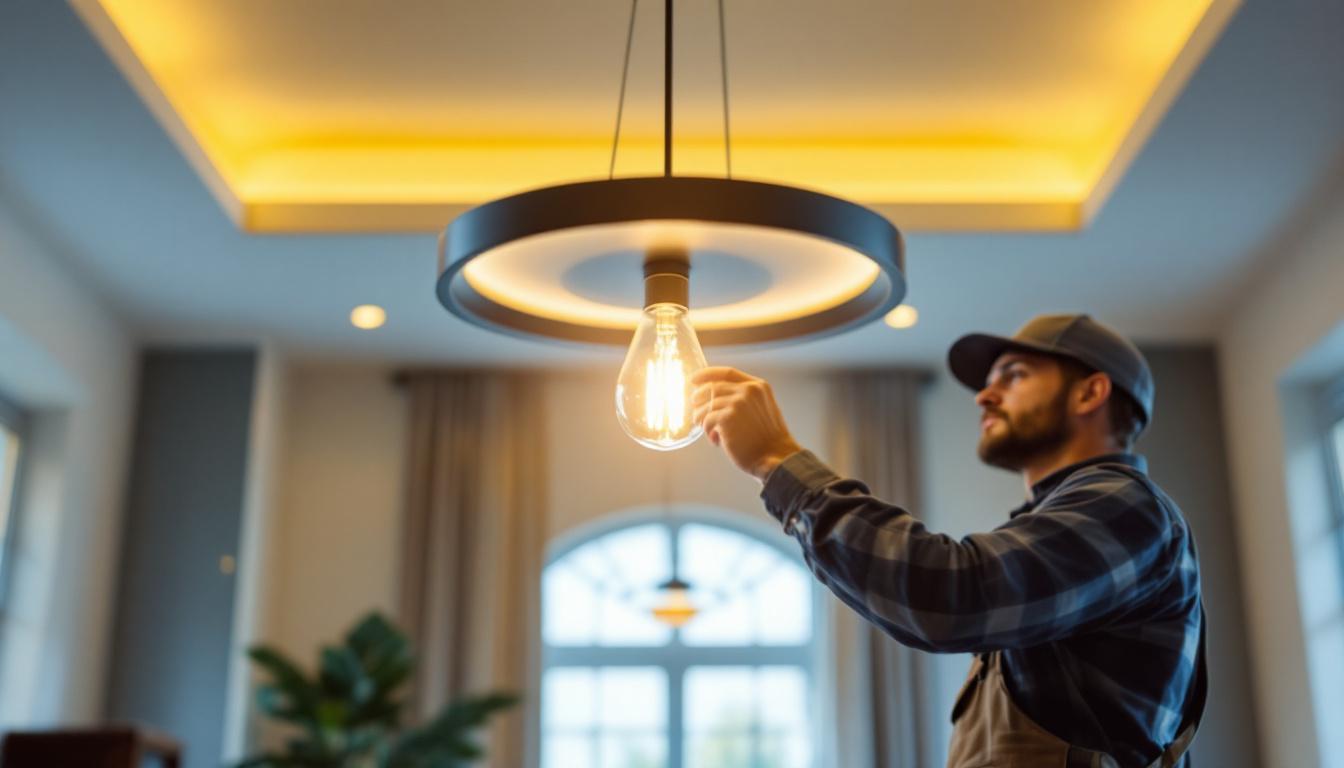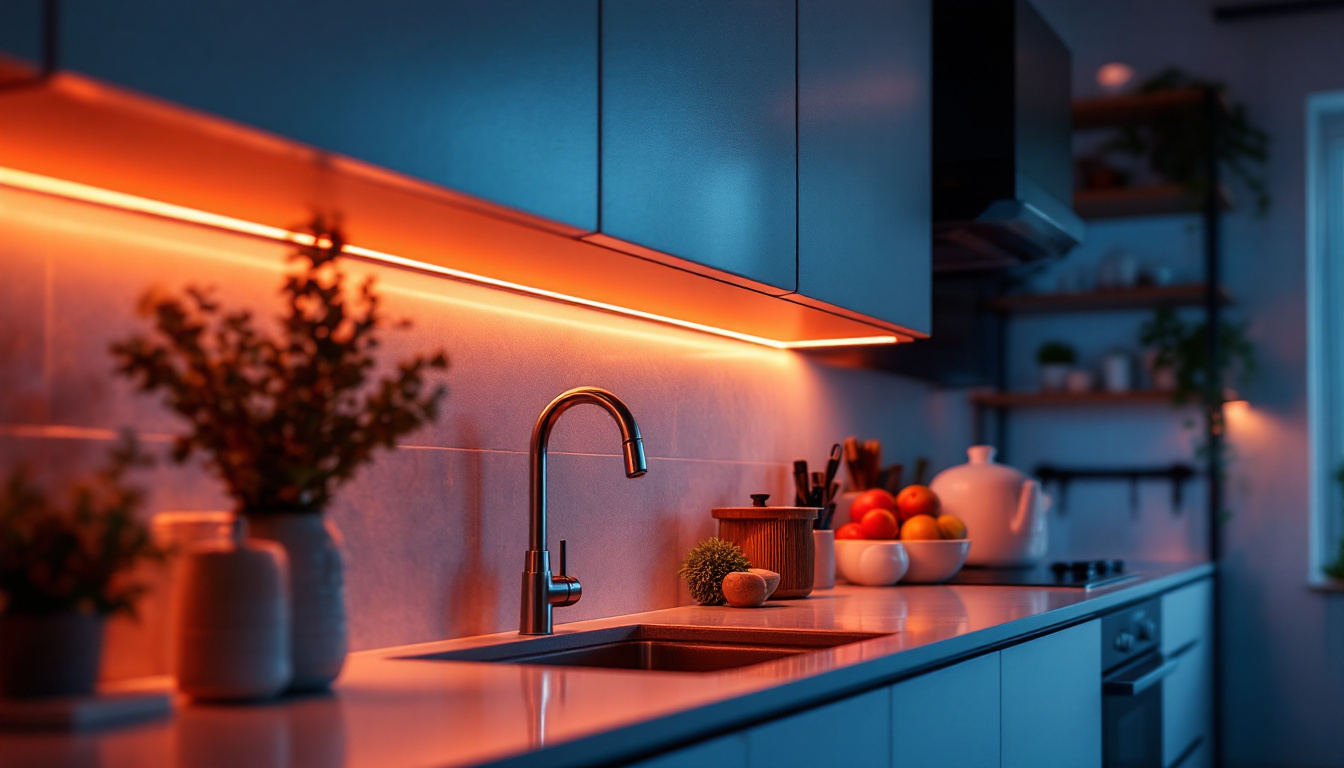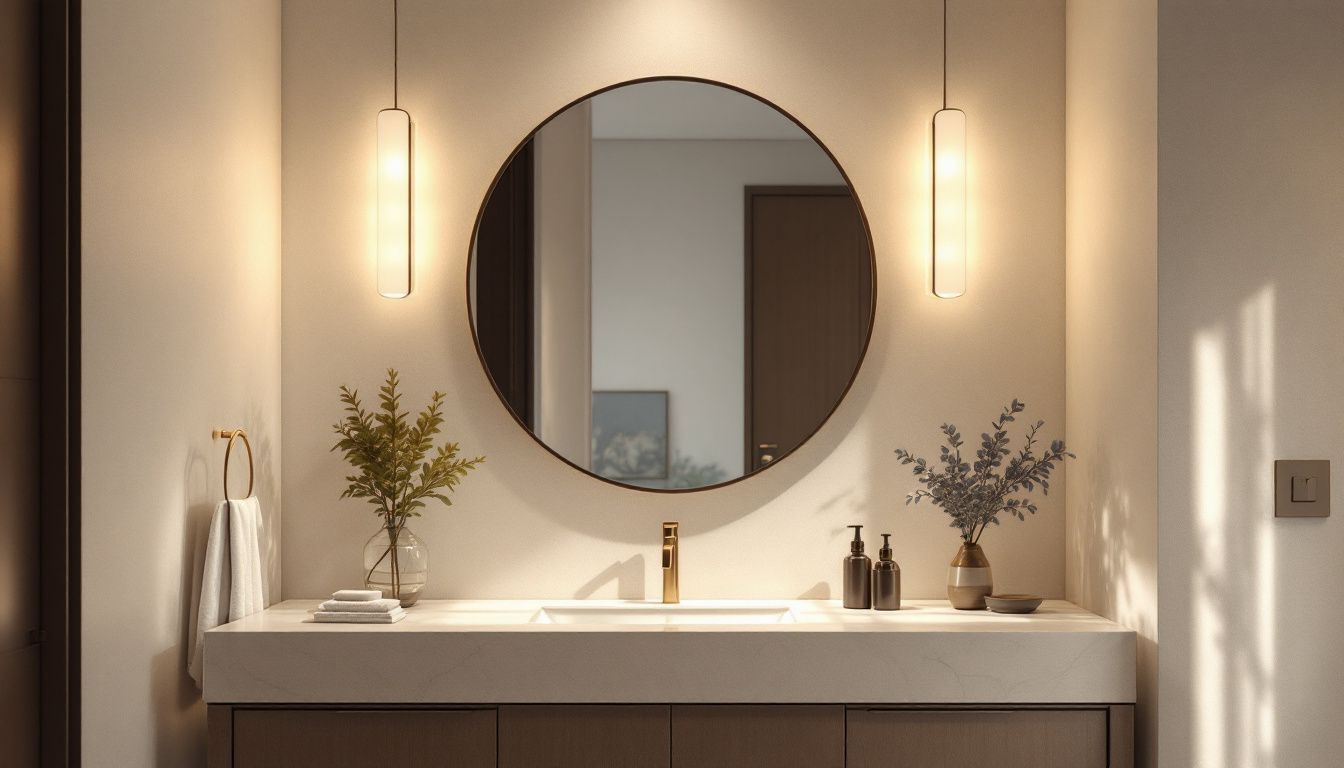
As a lighting contractor, the choice of lamp posts can significantly influence both the aesthetic appeal and functionality of outdoor spaces. Understanding the nuances of lamp post selection, installation, and maintenance is essential for delivering high-quality lighting solutions to clients. This article provides valuable insights and practical tips for lighting contractors looking to master the art of working with lamp posts.
Before diving into the selection process, it’s crucial to familiarize oneself with the various types of lamp posts available on the market. Each type serves different purposes and can enhance the ambiance of a space in unique ways.
Traditional lamp posts often feature ornate designs, reminiscent of historical architecture. They are ideal for classic neighborhoods or parks where a vintage look is desired. On the other hand, modern lamp posts boast sleek lines and minimalist designs, making them suitable for contemporary urban settings.
Choosing between traditional and modern designs requires an understanding of the environment where the lamp posts will be installed. Consider the architectural style of surrounding buildings and the overall theme of the outdoor space. For instance, a traditional lamp post might beautifully complement a Victorian-style home, while a modern fixture could enhance the aesthetic of a newly developed urban plaza, creating a harmonious visual experience.
Lamp posts are constructed from a variety of materials, including aluminum, steel, and fiberglass. Each material has its own set of advantages and disadvantages. For instance, aluminum is lightweight and resistant to corrosion, making it a popular choice for coastal areas. Steel, while heavier and more durable, may require additional maintenance to prevent rust.
Fiberglass offers versatility in design and color but may not withstand extreme weather conditions as effectively as metal options. Understanding the local climate and environmental factors will guide contractors in selecting the most suitable material for their projects. Additionally, the choice of material can influence the longevity and overall maintenance costs of the lamp posts. For example, while fiberglass might be less durable in harsh weather, its resistance to fading and chipping can make it a cost-effective choice in temperate climates. Furthermore, eco-friendly materials, such as recycled metals or sustainably sourced wood, are becoming increasingly popular, appealing to environmentally conscious consumers who wish to reduce their carbon footprint while enhancing their outdoor spaces.
When selecting lamp posts, several factors must be taken into account to ensure optimal performance and client satisfaction.
The height of the lamp post is a critical factor that affects both illumination and safety. Taller lamp posts are typically used in open areas to provide broader coverage, while shorter posts are ideal for pathways and residential settings. Proper placement is equally important; lamp posts should be positioned to minimize shadows and maximize visibility.
Contractors should also consider the spacing between lamp posts. A well-planned layout can enhance the overall lighting effect and create a welcoming atmosphere. For instance, in parks or recreational areas, strategically placed lamp posts can not only illuminate walking paths but also highlight landscaping features, making the space more inviting during evening hours. Additionally, the aesthetic appeal of the lamp posts should complement the surrounding architecture and landscape design, ensuring a harmonious integration into the environment.
Modern lamp posts can be equipped with various lighting technologies, including LED, solar, and traditional incandescent bulbs. LED technology has gained popularity due to its energy efficiency and longevity. Solar-powered lamp posts are an eco-friendly option that can reduce electricity costs, but they may require specific conditions to function optimally. Moreover, advancements in smart lighting technology have introduced features such as motion sensors and dimming capabilities, allowing for adaptive lighting solutions that respond to real-time conditions.
Contractors must evaluate the lighting needs of the space and discuss options with clients to ensure the chosen technology aligns with their preferences and budget. It is also essential to consider the color temperature of the lights, as warmer tones can create a cozy atmosphere, while cooler tones are often preferred for security and visibility. By understanding the nuances of each lighting option, contractors can provide tailored solutions that enhance both functionality and aesthetics, ultimately leading to greater client satisfaction.
Proper installation is crucial for the longevity and effectiveness of lamp posts. Following best practices can help avoid common pitfalls and ensure a successful project.
Before installation, it’s essential to conduct a thorough site assessment. This includes evaluating the soil type, drainage, and existing infrastructure. Proper site preparation may involve clearing debris, leveling the ground, and ensuring that underground utilities are marked to avoid damage during installation.
Additionally, contractors should consider the aesthetic aspects of the installation site. Aligning lamp posts with pathways, landscaping, and other features can enhance the overall visual appeal. For instance, incorporating natural elements such as trees or shrubs can create a harmonious environment, while ensuring that the lamp posts provide adequate illumination without obstructing views or creating unwanted shadows. Furthermore, considering the direction of pedestrian traffic and the intended use of the area can guide optimal placement, maximizing both functionality and beauty.
Stability is paramount when installing lamp posts. A secure base prevents tipping and ensures the longevity of the fixture. Depending on the type of lamp post, this may involve pouring concrete or using anchoring systems. Following manufacturer guidelines for installation will help achieve the best results.
It’s also advisable to check local regulations regarding height and placement to ensure compliance with zoning laws. In addition to these considerations, it may be beneficial to conduct a wind load analysis, especially in areas prone to high winds or severe weather conditions. This analysis can inform the choice of materials and installation techniques, ensuring that the lamp posts can withstand environmental stresses over time. Moreover, incorporating features such as adjustable bases or removable fixtures can facilitate maintenance and upgrades, allowing for easy access to electrical components without compromising the structural integrity of the installation.
Once lamp posts are installed, maintenance becomes key to ensuring their longevity and performance. Regular upkeep not only preserves the aesthetic appeal but also enhances safety.
Conducting routine inspections is essential for identifying potential issues before they become significant problems. Contractors should check for signs of wear, such as rust, loose fittings, or damaged wiring. Regularly cleaning the lamp post and fixtures can also prevent dirt buildup that may affect light output.
Documenting inspection findings can help track the condition of each lamp post and inform future maintenance decisions.
When issues are identified during inspections, addressing them promptly can prevent further damage and costly repairs. This may involve replacing bulbs, tightening loose connections, or repainting rusted areas. Keeping a well-stocked inventory of common replacement parts can streamline the repair process.
Contractors should also educate clients on the importance of regular maintenance and provide guidance on how to care for their lamp posts.
Building strong relationships with clients is vital for any lighting contractor. Providing exceptional service and maintaining open lines of communication can lead to repeat business and referrals.
Clients often appreciate when contractors take the time to educate them about their choices. Providing insights into the benefits of different lamp post styles, materials, and technologies can empower clients to make informed decisions. Offering maintenance tips and recommendations for future upgrades can further enhance the client experience.
Hosting workshops or informational sessions can also be a great way to engage with clients and showcase expertise in the field.
Every project is unique, and clients may have specific needs or preferences. Offering custom solutions tailored to individual projects can set a contractor apart from competitors. This may involve creating bespoke designs, recommending specialized lighting technologies, or developing unique installation strategies.
Listening to client feedback and adapting services accordingly can foster trust and loyalty, leading to long-term partnerships.
The lighting industry is constantly evolving, with new technologies and design trends emerging regularly. Staying informed about these changes can provide contractors with a competitive edge.
Participating in workshops, webinars, and industry conferences can be invaluable for lighting contractors. These events offer opportunities to learn about the latest advancements in lighting technology, design trends, and installation techniques.
Additionally, joining professional organizations can provide access to resources, networking opportunities, and industry publications that keep contractors informed about best practices and emerging trends.
As environmental concerns continue to grow, many clients are seeking sustainable lighting solutions. Contractors who embrace eco-friendly practices, such as recommending energy-efficient LED lighting or solar-powered options, can appeal to environmentally conscious clients.
Understanding the principles of sustainable design and incorporating them into projects can enhance a contractor’s reputation and attract a broader client base.
Mastering the art of lamp post selection, installation, and maintenance is essential for lighting contractors looking to deliver exceptional service and quality results. By understanding the various types of lamp posts, considering key factors during selection, adhering to best practices for installation, and maintaining strong client relationships, contractors can elevate their business and stand out in a competitive market.
Staying informed about industry trends and embracing sustainable practices will not only enhance a contractor’s expertise but also align with the evolving preferences of clients. Ultimately, a commitment to excellence in every aspect of the lighting process will lead to satisfied clients and successful projects.
Ready to elevate your lighting projects with the finest lamp posts on the market? Look no further than LumenWholesale, where we specialize in providing contractors with superior, spec-grade lighting products at unbeatable wholesale prices. Say goodbye to local distributor markups and hello to our extensive selection that meets the highest industry standards. With LumenWholesale, you’ll enjoy the convenience of bulk buying with free shipping, ensuring you get premium lighting at the best value — every time. Don’t compromise on quality or cost. Discover wholesale lighting at the best value today and light up your projects with confidence.

Discover how overhead lighting fixtures can provide a competitive edge for lighting contractors.

Discover how sanctuary light fixtures can illuminate new business opportunities for lighting contractors.

Discover the essential compliance guidelines and installation tips for under cabinet LED strips that every lighting contractor should know.

Discover the rising significance of vanity light fixtures in the lighting industry.